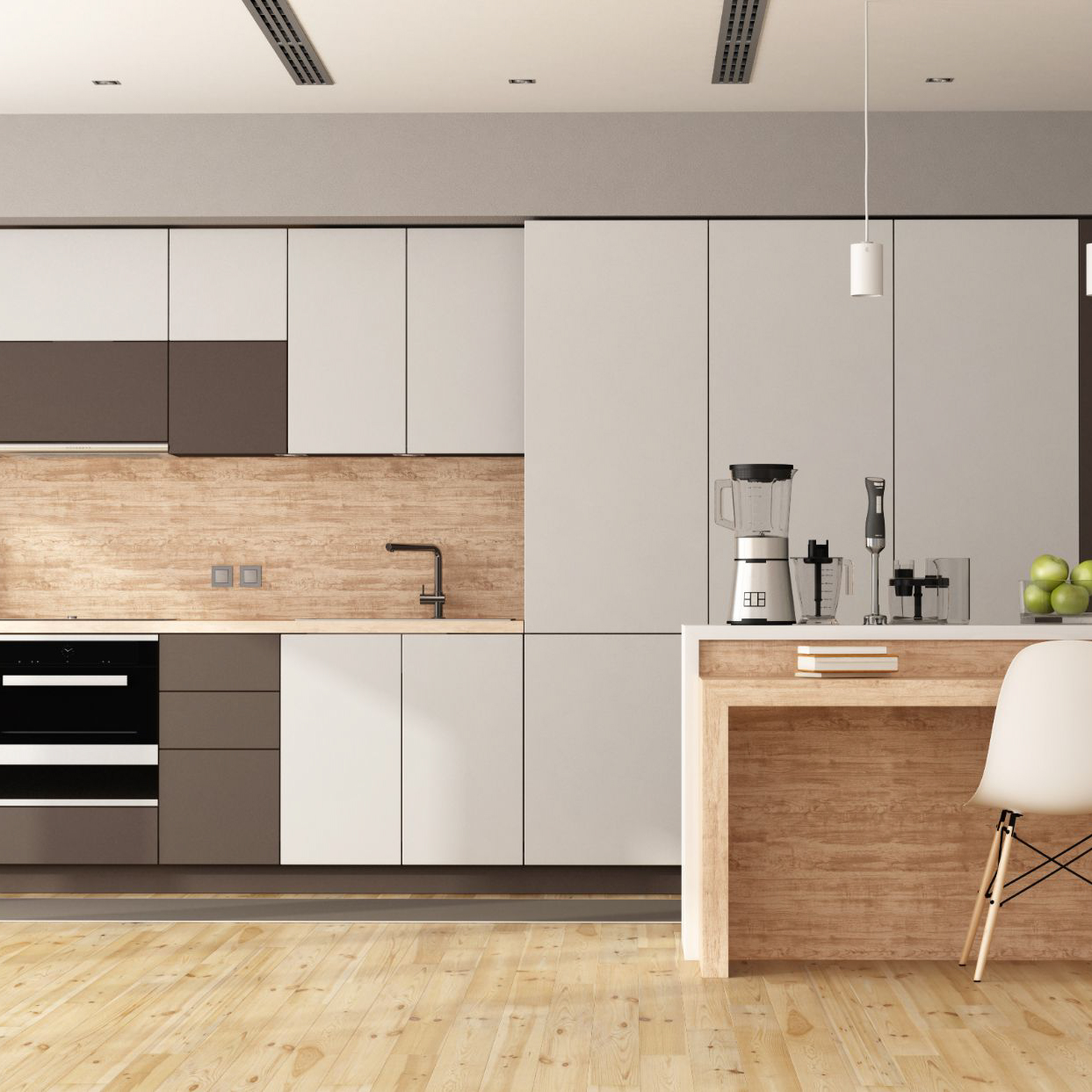
The Tasteful Charm of Scandinavian Objects: Discovering the Beauty of Nordic Design
Introduction
Scandinavian design has long been revered for its simplicity, functionality, and tasteful elegance. From furniture to home decor, objects designed with a Nordic sensibility have become synonymous with contemporary, minimalistic style. In this article, we’ll explore the key elements of Scandinavian design, examine how they contribute to the charms of Scandinavian objects, and delve into the history and culture that underpins this unique design tradition.
The Key Elements of Scandinavian Design
Scandinavian design is characterized by a focus on clean lines, natural materials, and functionality. Simplicity is key, and unnecessary embellishments are stripped away to create objects that are both aesthetically pleasing and practical. Scandinavian designers are renowned for their ability to create objects that are both beautiful and useful, showcasing a deep understanding of human needs and desires.
Minimalism and Simplicity
At its core, Scandinavian design is all about simplicity. Objects are stripped down to their essential elements, with sleek lines and minimal ornamentation. This focus on minimalism reflects the Nordic love for functionality and practicality, as well as the region’s austere climate and landscape.
Natural Materials
Another key characteristic of Scandinavian design is the use of natural materials such as wood, wool, and leather. These materials reflect the Nordic connection to nature and are chosen for their durability and timeless quality. Scandinavian designers use these materials to create objects that are both tactile and warm, enhancing the user’s sensory experience.
Clean Lines and Bold Shapes
Scandinavian design is known for its use of clean, geometric lines and bold shapes. These design elements create a sense of harmony and balance, while also adding visual interest to objects that might otherwise be mundane. A focus on simplicity doesn’t mean that Scandinavian objects are boring – far from it. The use of bold shapes and clean lines creates a sense of drama and excitement, making these objects stand out in any space.
The Beauty of Scandinavian Objects
Scandinavian objects are beloved for their effortless elegance and timeless appeal. They embody the Scandinavian aesthetic ethos of simplicity, functionality, and beauty in equal measure. From furniture to lighting, these objects are designed to be used and enjoyed, while also adding a touch of sophistication to any space.
Scandinavian Furniture
Scandinavian furniture is renowned for its clean lines, natural materials, and understated elegance. Pieces like the Eames-inspired lounge chair, made from rich wood and leather, represent the pinnacle of the Scandinavian design tradition. Other pieces, such as the iconic IKEA Billy bookcase, showcase the practicality and democratic nature of Scandinavian design – these objects are designed to be used by anyone, regardless of their background or income.
Scandinavian Lighting
Scandinavian lighting is another cornerstone of the Nordic design tradition. The use of natural materials like wood and metal, along with simple, geometric shapes, create lighting fixtures that are both practical and visually striking. Iconic examples of Scandinavian lighting include the PH Artichoke pendant lamp by Poul Henningsen, which features a series of metal “leaves” that create a soft, diffused light.
Scandinavian Home Decor
In addition to furniture and lighting, Scandinavian home decor includes textiles, ceramics, and other objects that bring a tactile, handmade quality to a space. Swedish rugs made from natural fibers, Danish ceramics with simple, organic shapes, and Finnish textiles featuring bold graphic designs are all examples of Scandinavian home decor that showcases the beauty of Nordic design.
The History and Culture of Scandinavian Design
Scandinavian design has its roots in the arts and crafts movement of the late 19th and early 20th centuries. This movement, which swept across Europe and North America, sought to revive traditional craftsmanship and create objects that were both beautiful and useful. In Scandinavia, the arts and crafts movement was especially influential, inspiring a generation of designers to create objects that reflected the region’s unique culture and landscape.
Functionality and Practicality
The practicality and functionality of Scandinavian design can be traced back to the region’s harsh climate and agricultural heritage. Nordic farmers and craftsmen had to make the most of limited resources, creating objects that were both durable and multi-purpose. This spirit of practicality and functionality is still evident in Scandinavian design today, with objects that are designed to be used and enjoyed without sacrificing style or sophistication.
The Nordic Connection to Nature
Another key aspect of Scandinavian culture that informs design is the connection to nature. The Nordic landscape, with its rugged terrain, deep forests, and fjords, has inspired generations of artists and designers. The use of natural materials, such as wood and wool, reflects this connection to the natural world, while also creating objects with a sense of warmth and humanity.
The Influence of Modernism
Scandinavian design was also influenced by the modernist movement of the mid-20th century. This movement, which emphasized simplicity and function, had a profound impact on Nordic design, leading to the creation of some of the most iconic objects of the era. The sleek lines and minimalist aesthetic of modernism can be seen in objects like the Arne Jacobsen Egg Chair, which remains a symbol of Scandinavian design to this day.






